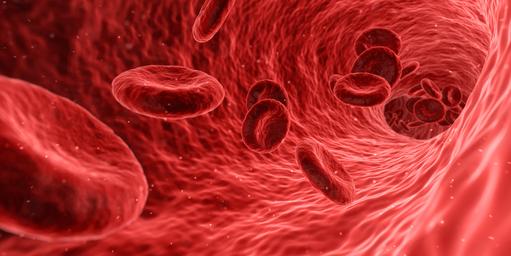Directory
Haematology

Asifaa Asifaa
Bangalore Escorts ServiceBangalore escort services are safe sound. We have verified escorts from various cities and countries who are ready to show you heaven with their best escort services. Explore our escort services to have fun.
view this profile
Directory:
Tags:

- A new gene editing study is poised on the cusp of medical history because it holds out the prospect of providing a cure for hemophilia
- Hemophilia is a rare incurable life-threatening blood disorder
- People with hemophilia have little or no protein needed for normal blood clotting
- Severe forms of the disorder may result in spontaneous and excessive bleeding
- In recent history many people with hemophilia died before they reached adulthood because of the dearth of effective treatments
- A breakthrough therapy in the 1980s was contaminated with deadly viruses
A cure for hemophilia?
A study led by researchers from Barts Health NHS Trust and Queen Mary University London and published in a 2017 edition of the New England Journal of Medicine has made a significant step forward towards finding a cure for hemophilia A, a rare incurable life threatening-blood disorder, which is caused by the failure to produce certain proteins required for blood clotting. In recent history only a few people with hemophilia survived into adulthood. This was because of the dearth of effective treatments and any small cut or internal hemorrhaging after even a minor bruise was often fatal.
The royal disease
There are 2 main types of hemophilia: A and B. Both are rare congenital bleeding disorders sometimes referred to as “the royal disease,” because in the 19th and 20th centuries hemophilia affected European royal families. Queen Victoria of England is believed to have been a carrier of hemophilia B, a rarer condition than hemophilia A. 2 of Victoria’s 5 daughters (Alice and Beatrice) were also carriers. Through marriage they passed on the mutation to various royal houses across Europe including those of Germany, Russia and Spain. Victoria’s son Prince Leopold was diagnosed with hemophilia A when he was a child. He died at 31 and throughout his life had a constant staff of doctors around him.
Epidemiology
The worldwide incidence of hemophilia A is about 1 in 5,000 males, with approximately 33% of affected individuals not having a family history of the disorder, which in their cases result from a new mutation or an acquired immunologic process. Only 25% of people with hemophilia receive adequate treatment; most of these are in developed nations. In 2016 there were some 7,700 people diagnosed with the condition in the UK, 2,000 of whom had a severe form with virtually no blood clotting protein. In the US there are some 20,000 people living with the disorder. Morbidity and death from hemophilia are primarily the result of haemorrhage, although HIV and hepatitis infections became prominent in patients who received therapies with contaminated blood products prior to the mid-1980s: see below.
Etiology
Hemophilia A and B are similar disorders. Both are caused by an inherited or acquired genetic mutation, which reduces or eliminates the coagulation genes referred to as factor VIII for hemophilia A, and factor IX for hemophilia B. Factors VIII and IX are essential blood clotting proteins, which work with platelets to stop or control bleeding. The amount of the protein present in your blood and its activity determines the severity of symptoms, which range from mild to severe. Factors VIII and IX deficiencies are the best-known and most common types of hemophilia, but other clotting factor deficiencies also exist. Factors VIII and IX are encoded in genes and located on the X chromosomes, which come in pairs. Females have 2 X chromosomes, while males have 1 X and 1 Y chromosome. Only the X chromosome carries the genes related to clotting factors. A male who has a hemophilia gene on his X chromosome will have hemophilia. Since females have 2 X chromosomes, a mutation must be present in both copies of the gene to cause the hemophilia. When a female has a hemophilia gene on only 1 of her X chromosomes, she is a "carrier” of the disorder and can pass the gene to her children. Sometimes carriers have low levels of a clotting factor and therefore have symptoms of hemophilia, including bleeding.
|
|





